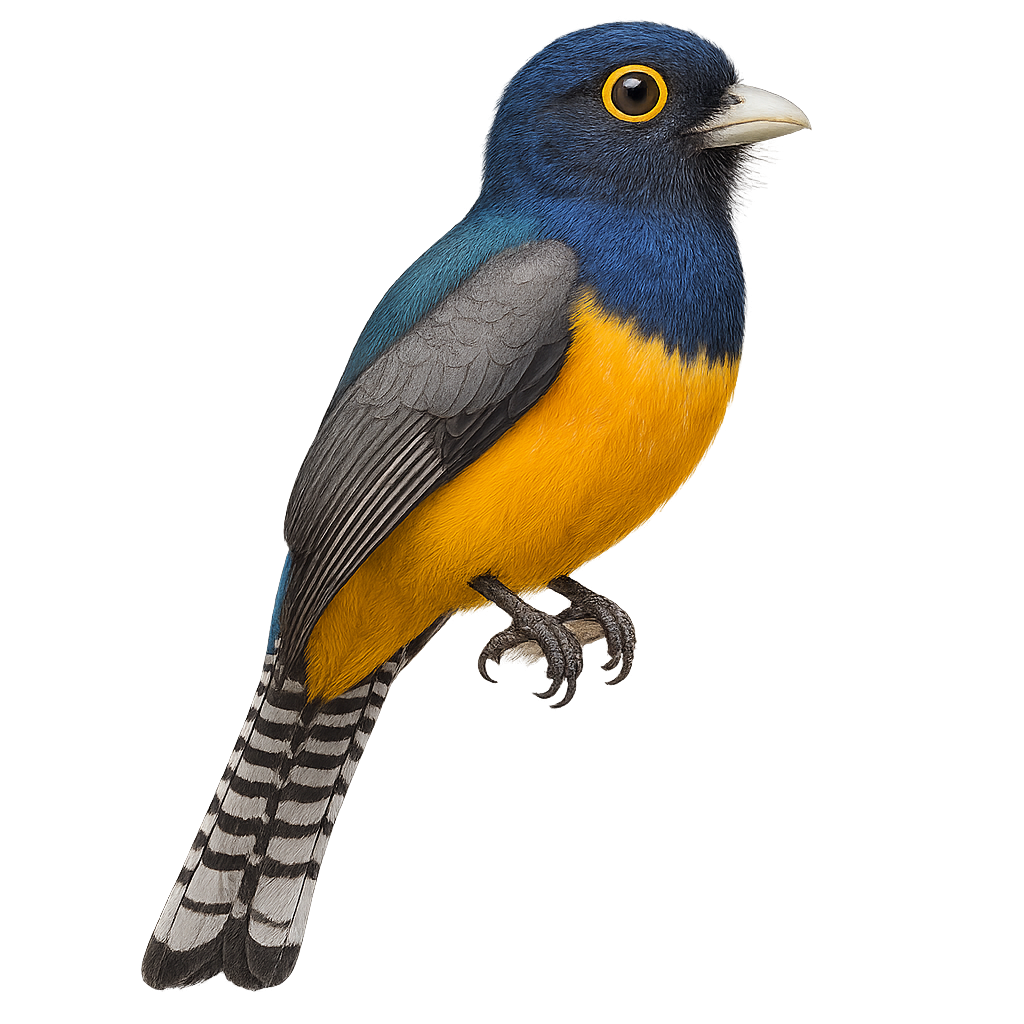Your wildlife photography guide.
Explore the violaceous trogon in detail, study its behavior, prepare your shots.
Where to observe and photograph the violaceous trogon in the wild
Learn where and when to spot the violaceous trogon in the wild, how to identify the species based on distinctive features, and what natural environments it inhabits. The WildlifePhotographer app offers tailored photography tips that reflect the violaceous trogon’s behavior, helping you capture better wildlife images. Explore the full species profile for key information including description, habitat, active periods, and approach techniques.
Violaceous Trogon
Scientific name: Trogon violaceus

IUCN Status: Least Concern
Family: TROGONIDAE
Group: Birds
Sensitivity to human approach: Suspicious
Minimum approach distance: 10 m
Courtship display: February to April
Incubation: 17-19 jours
Hatchings: March to May
Habitat:
Tropical rainforests, forest edges, mangroves
Activity period :
Primarily active during the day, with peak activity in the morning and late afternoon.
Identification and description:
The Violaceous Trogon is a medium-sized bird, measuring about 23 to 25 cm in length. It is distinguished by its striking plumage, with a metallic green back and bright yellow belly. Its head is adorned with a violet hue, giving it its name. This bird primarily inhabits the humid tropical forests of Central and South America, where it feeds on fruits and insects. It is often observed perched silently in the canopy, moving agilely between branches. The Violaceous Trogon is a discreet bird, but its melodious and repetitive song often betrays its presence. Although it is relatively tolerant of human presence, it prefers dense wooded areas where it can easily hide.
Recommended lens:
400mm – adjust based on distance, desired framing (portrait or habitat), and approach conditions.
Photography tips:
To photograph the Violaceous Trogon, it is advisable to use a 400mm lens or longer to capture detailed images without disturbing the bird. Look for it in tropical rainforests, often perched in the canopy. Be patient and attentive to its melodious song to locate it. The natural light of the morning or afternoon is ideal to highlight the bright colors of its plumage. Use a tripod to stabilize your camera and obtain sharp images.
The WildlifePhotographer App is coming soon!
Be the first to explore the best nature spots, track rutting seasons, log your observations, and observe more wildlife.
Already 1 432 wildlife lovers subscribed worldwide

